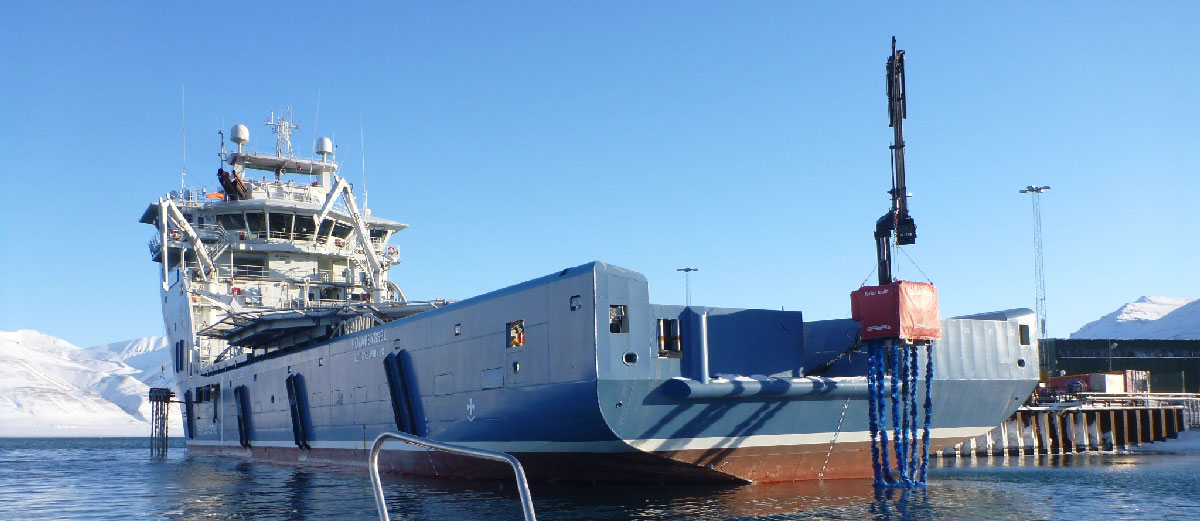Arctic-Capable Spill Response System Passes Testing
A new winterized version of an established spill recovery system has passed initial trials for operations in Arctic environments, demonstrating its ability to soak up oil in icing conditions.
In 2014, as part of an effort to enhance Norway’s oil spill preparedness, the Norwegian Coastal Administration (NCA) and the Norwegian Clean Seas Association for Operating Companies (NOFO) invited proposals for equipment to handle oil spill recovery in the far north. The support for participants included partial financing from NOFO for selected projets, along with the potential for government underwriting through Innovation Norway and the Research Council of Norway.
Among others, vendor H Henriksen’s proposal for a winterized version of its FoxTail sorbent mop system was accepted, and development of the protype started in 2016. The FoxTail is a proven design, and can salvage large quantities of oil after a spill; it relies on one or more loops of sorbent material, which are pulled continuously through the water and up into a drive head, which wrings out the material before sending it back down for more. While proven effective in rough conditions, freezing spray is a challenge: ice formation on the mop can reduce its efficiency at temperatures below about 20 degrees Fahrenheit.
To expand its operating window, the team gave the FoxTail's shipboard components new insulation, moved the transfer pump, and added a hydraulic heating system to keep down icing. Initial work on the system began in 2016, and operational testing on a prototype was recently completed aboard the research vessel Polarsyssel in Longyearbyen, Svalbard. During testing, the new device proved capable of stable and continuous operation in freezing arctic conditions, and H Henriksen says that it resists freezing spray at temperatures down to -5 degrees Fahrenheit. The Norwegian Coastal Administration, which sponsored the project, will take delivery of the first model.

Image courtesy H Henriksen
